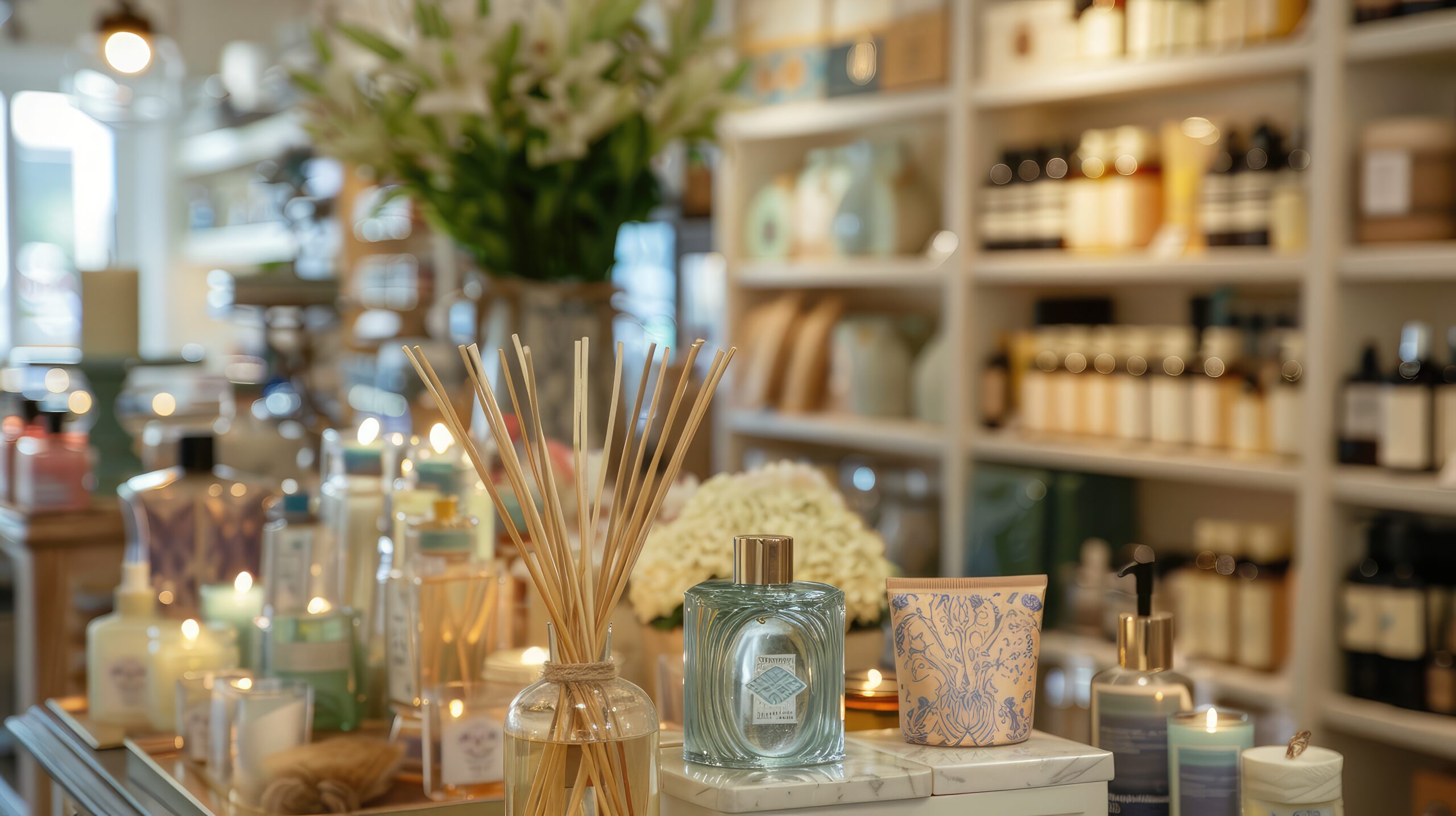Is your store struggling to attract customers, keep them engaged, or encourage them to buy more? If so, you might need a visual merchandiser. Visual merchandising is more than just making a store look pretty—it’s about creating an experience that draws people in, keeps them browsing, and ultimately boosts sales. Here are three signs that it’s time to bring in a pro:
- New customers or foot traffic are rare.
- Possible reasons: Unreadable or unnoticed signage, an uninviting entrance, or a messy and uninteresting window display.
- How a visual merchandiser can help: A visual merchandiser looks at your brand as a whole and the story you want to tell. They understand the importance of quickly capturing attention and drawing customers in by sparking curiosity or interest. For your storefront, a visual merchandiser will assess whether your store is clearly identifiable, ensure the store sign is noticeable and readable, make the entrance inviting, and design the window display to showcase merchandise while giving a glimpse of what to expect inside.
- Customers barely spend any time in your store.
- Possible reasons: A disconnect between the storefront and interior, an unclear store layout, or haphazard displays.
- How a visual merchandiser can help: Once a customer enters your store, a visual merchandiser can use consumer psychology to guide them through the space. The exterior of the store should align with the interior to create a cohesive experience. Once inside, customers should find a clear walking path with eye-catching displays that encourage them to explore the entire store rather than just glancing and leaving.
- Customers rarely buy more than one item.
- Possible reasons: Unclear product groupings, uninspiring displays and mannequins, or a lack of point-of-purchase product placement.
- How a visual merchandiser can help: A key role of a visual merchandiser is to create a self-guided shopping experience, especially when store staff are assisting other customers. Thoughtfully arranged product groupings suggest logical pairings and encourage multiple purchases. Displays should inspire customers to see how items can be used together, making them want to buy more. Additionally, the checkout area should feature small, impulse-buy items that customers can easily grab before making their final purchase.
A well-executed visual merchandising strategy enhances the customer experience, boosts sales, and ensures that your store stands out. If you’re struggling with any of these signs or just don’t have the time, it might be time to bring in a professional to transform your space and make shopping in your store an enjoyable and engaging experience.
I want the guide
Turn Don'ts into Do's: Window Display Edition
get your free guide
Discover the common mistakes that make customers keep walking and what to do instead. This free guide will help you fix them fast so more customers stop and step inside to see what you have to offer.
Are your window displays working for you or against you?
Are your window displays working for you or against you?
submit
Let's be friends!
Get the goods! Sign up for updates, tips, and inspiration delivered straight to your inbox.
Inbox friendship: activated.
Can’t wait to share ideas, tips, and good vibes with you!
Your window is your storefront’s first impression and in a busy marketplace, it needs to stand out. I create thoughtful, on-brand window displays that communicate what you sell, who you are and why someone should step inside. From compelling product arrangements to purposeful signage that supports your story, every element is designed to draw attention, spark curiosity, and turn passersby into paying customers. Whether you need something seasonal, narrative-driven, or simply eye-catching, I’ll help you create a window that works as hard as you do.
Window Display Design
Vacant Storefront Activation
- Window design for businesses with 3+ locations, including materials and setup guidance.
- Four to six curated window updates per year to keep displays fresh and engaging.
- Temporary design installations that transform empty spaces into eye-catching displays.
- Custom window design and installation for individual businesses.
- Installations for interior displays or seasonal setups that refresh your space.
- Impactful pop-up design or brand experiences that capture attention and drive engagement.
- Custom plans to set up or revamp your store for better flow and product placement.
- Evaluate your sales floor and find ways to boost customer engagement and sales.
Store Planning +
Pre-Opening Strategy
Opening a new store is exciting, but without intentional planning, it can quickly become overwhelming or inefficient. I help you set the foundation for a shop that’s not only beautiful, but functional and profitable from day one. Through strategic fixture placement, inventory mapping, and traffic flow design, I ensure your space is set up to encourage browsing, increase in-store time, and boost sales. Whether you’re starting from a blank slate or refining an existing plan, I’ll guide you through smart, sales-driven decisions that save you time, money, and second-guessing.
Visual Merchandising
Visual merchandising goes beyond good looks. It’s about creating a store environment that guides customers, showcases your products, and drives sales. I offer hands-on support and expert guidance through three core services:
Visual Merchandising Audit
Seasonal In-Store Updates
Strategy & Staff Training
You’ve got the correct lighting, fixtures, and shop flow, but if your displays are still falling flat, the right props can make all the difference. I’ll assess your current visual setup, including existing props, mannequins, tables, and shelving, and recommend (or source) the pieces you need to elevate your merchandising game. I help you create dimension, add interest, and build displays that encourage shoppers to stop, touch, and explore. Thoughtful props turn simple setups into selling moments and I’ll show you exactly how to make that happen.
add-on Services
Merchandising Prop Packages
